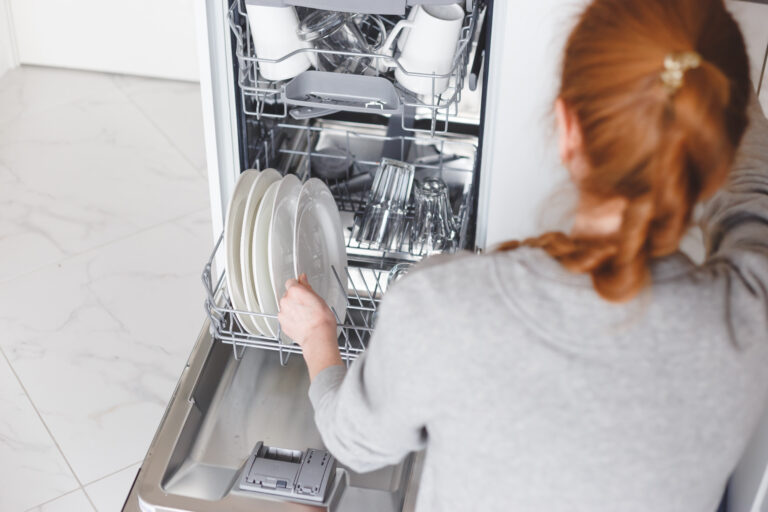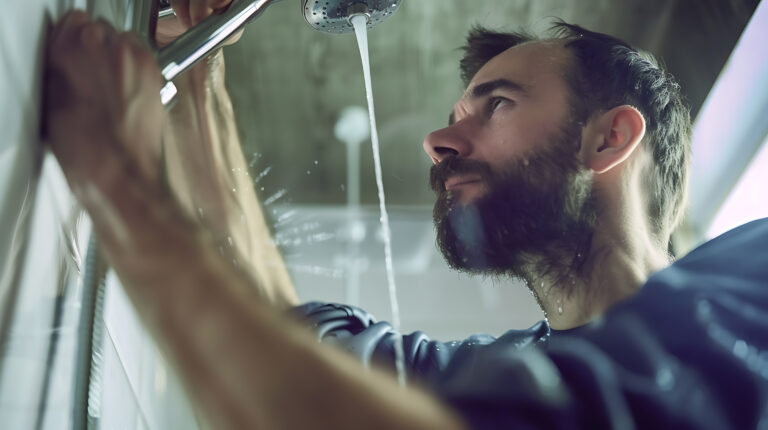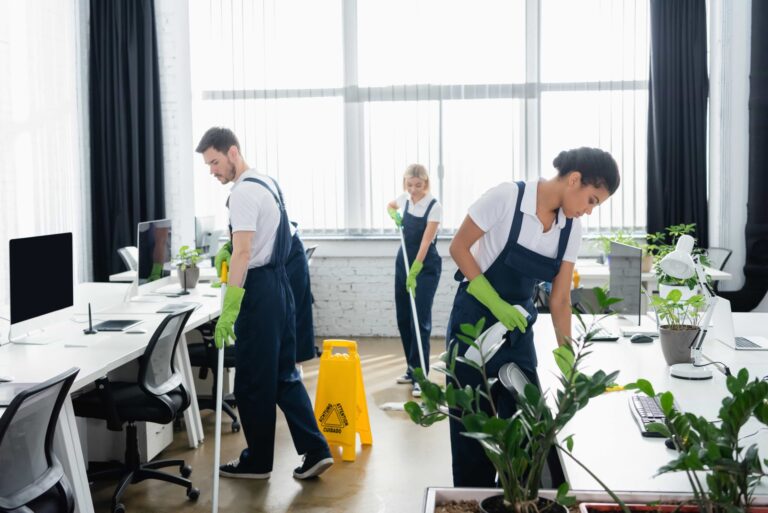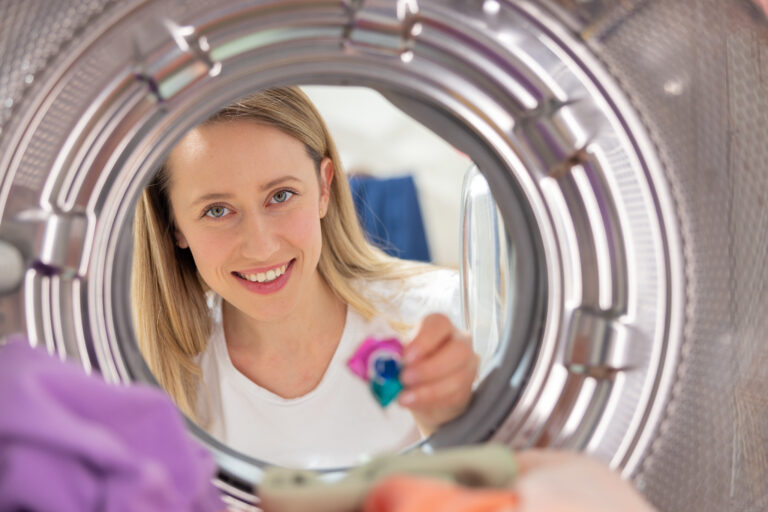How to Deep Clean Your Kitchen Appliances: Efficient Techniques for Sparkling Results

A deep clean can work wonders for your kitchen appliances, transforming them from grimy and inefficient to sparkling and effective. When food spillages and dirt accumulate over time, it can affect the performance of these essential tools in your culinary space. Furthermore, the presence of dirt can lead to foul odors and an unhygienic environment. By cleaning them thoroughly, you not only ensure an organized kitchen but also a safer and healthier one.
Different kitchen appliances, such as stone ovens and granite countertops, require specific cleaning methods to avoid damaging their material. Conducting thorough research into the appropriate methods of cleaning various appliances will help safeguard their longevity and maintain their pristine appearance. When you invest the time and effort into deep cleaning your kitchen appliances, you are investing in their optimal function and ongoing reliability.
Achieving an organized and clean kitchen leads to increased efficiency when cooking, as well as a more enjoyable experience overall. A spotless environment will give you peace of mind, knowing that your kitchen is a safe haven for both you and your loved ones. By implementing a regular deep cleaning routine, you are taking a proactive stance in protecting and maintaining the heart of your home.
Preparing for the Deep Clean
Before diving into deep cleaning your kitchen appliances, it’s essential to properly prepare. This will make the process more efficient and ensure that you don’t miss any spots. Follow these steps to prepare your kitchen for a deep clean.
Gathering Cleaning Supplies
Start by gathering all the necessary cleaning supplies. This will save time and prevent interruptions during the cleaning process. Here’s a list of essential items you’ll need:
- Soap: Mild dish soap is often enough for most cleaning tasks.
- Water: Warm water mixed with soap or cleaning solutions.
- Vinegar: White vinegar is a natural, non-toxic cleaner that cuts through grease and stains.
- Baking soda: Baking soda helps remove stubborn stains and grime.
- Cleaners: Choose specialized cleaners for specific appliances. For example, a stainless steel cleaner for stainless steel surfaces.
- Gloves: To protect your hands from cleaners and spills.
- Microfiber cloths: These cloths are soft and non-abrasive, perfect for cleaning delicate surfaces.
Remember to read the instructions for specific cleaners and appliance surfaces, as some materials may require specialized care.
Decluttering Kitchen Surfaces
Before starting the deep cleaning process, clear out any clutter from countertops, appliance surfaces, and the surrounding areas. This ensures you have enough space to clean and can efficiently access each appliance. Follow these steps to declutter your kitchen:
- Remove items: Clear any items that are not part of the appliances, such as cookware, utensils, and decorations.
- Organize: Neatly place items back in cabinets or drawers, so they are easily accessible when you’re finished cleaning.
- Wipe surfaces: Use a microfiber cloth and a mixture of soapy water or vinegar to clean countertops and surrounding areas.
Once you’ve gathered your cleaning supplies and decluttered your kitchen surfaces, you’re ready to start deep cleaning your kitchen appliances.
Deep Cleaning Major Appliances
How to Clean an Oven
To effectively clean an oven, you can use a commercial oven cleaner or create a homemade solution with baking soda and water. Firstly, remove the oven racks and soak them in soapy water for at least 30 minutes. Then, apply the chosen cleaner to the interior of the oven, avoiding the heating elements.
If using a commercial oven cleaner, follow the manufacturer’s instructions. Alternatively, to use a baking soda solution, create a thick paste by mixing ½ cup of baking soda with 3-4 tablespoons of water. Cover the oven interior with the paste and let it sit for at least 12 hours.
Once the cleaner has had time to work, wipe down the oven using a damp sponge. For stubborn spots, you can use a solution of equal parts water and vinegar. Finish by rinsing and drying the oven racks, and returning them to the oven.
How to Clean a Refrigerator
When deep cleaning a refrigerator, start by removing all the contents and placing them in a cooler, if needed. Unplug the refrigerator and remove the shelves and drawers.
Prepare a mixture of warm, soapy water and use a sponge or a soft cloth to clean shelves, drawers, and the interior surfaces of the refrigerator. Pay special attention to the corners, gaskets, and textured surfaces. Use a toothbrush for hard-to-reach crevices.
To remove stubborn stains, make a paste of baking soda and water and gently scrub the area until the stain is lifted. Rinse the shelves and drawers with lukewarm water to remove any soap or baking soda residue. Dry them thoroughly before returning them to the refrigerator.
Wipe the exterior of the refrigerator with a damp cloth and a mild cleaning solution, such as water and vinegar or a gentle surface cleaner. Finally, plug in the refrigerator and adjust the temperature settings to the recommended levels.
How to Clean a Dishwasher
Begin by emptying the dishwasher and removing the bottom rack. Examine the dishwasher’s filter and drain for debris, and clean them as needed to prevent blockages.
Create a cleaning solution by mixing 1 cup of white vinegar with 1 cup of hot water. Place the mixture in a dishwasher-safe bowl on the top rack. Run the dishwasher on a hot water cycle to help break down grease and grime.
After the vinegar cycle is complete, sprinkle 1 cup of baking soda on the bottom of the dishwasher. Once again, run a hot water cycle to eliminate any stain or odor.
To clean the dishwasher’s gasket and door edges, moisten a cloth with a mild cleaning solution, such as water and vinegar or soapy water, and gently scrub the surfaces. This will help maintain a tight seal and prevent water leakage. Finally, replace the bottom rack and check the dishwasher’s spray arm for clogs, cleaning as necessary.
Tackling Stains and Buildup
Treating Stovetop and Countertop Stains
Stains on stovetops and countertops can be stubborn and challenging to remove. Start by selecting an appropriate all-purpose cleaner or ammonia solution for the surface. Spray a generous amount on the stains and let it sit for a few minutes to loosen the buildup. Afterward, use a scouring pad or a damp cloth to scrub the stains away gently. Be cautious not to scratch or damage the surface.
For more challenging stains, a mixture of baking soda and water can be used as a gentle abrasive. Apply a paste of baking soda and water to the stain, allowing it to sit for a few minutes. Then, with a soft cloth or sponge, gently scrub the stains away. Rinse the surface thoroughly with water and dry it with a clean cloth.
Addressing Grease and Grime
Grease and grime are common issues in kitchens, particularly around appliances that are used for cooking. To eliminate grease and grime, start by choosing a suitable cleaner, such as an all-purpose cleaner or ammonia solution. Apply the cleaner directly to the affected areas and allow it to rest for a few minutes. This will help break down the grease, making it easier to clean.
Next, use a sturdy cloth or a non-abrasive scouring pad to wipe the grease and grime away, applying gentle pressure as needed. It may be necessary to repeat this process several times for heavier buildup.
After treatment, use a clean, damp cloth to remove any remaining residue and cleaner. Be sure to dry the surface with an additional clean cloth to prevent any streaks or marks from forming.
Remember, cleaning these areas consistently will help maintain a tidy kitchen and prevent long-term stains and buildup.
Cleaning Small Kitchen Appliances
How to Clean a Microwave
Start by removing the microwave’s turntable or plate and wash it in warm soapy water. Next, fill a microwave-safe container with 1 cup of water, a splash of vinegar, and a few lemon slices. Place the container in the microwave and heat on high for 5 minutes. This will help to steam away the stubborn food particles and release any odors.
After heating, carefully remove the container and use a damp cloth or sponge to wipe down the interior. If necessary, use a soft brush to scrub away any stubborn stains. Be sure to clean the vents and the interior roof as well. Afterwards, dry the inside with a clean cloth and replace the turntable or plate.
How to Clean a Coffee Maker
Begin by removing the coffee pot and filter holder. Wash them with warm soapy water, using a sponge or soft brush as needed. Rinse thoroughly and set aside.
To decalcify and clean the interior, follow these steps:
- Fill the reservoir with equal parts water and white vinegar.
- Start the brewing cycle and let it run until half of the mixture has gone through.
- Turn off the coffee maker and let it sit for 20-30 minutes.
- Turn the coffee maker back on and let the rest of the solution cycle through.
- Run two more cycles with clean water to fully rinse out the vinegar.
After completing these steps, your coffee maker should be clean and free of mineral buildup. Remember to clean the exterior with a damp cloth and mild dish soap, paying close attention to any buttons or dials. Dry with a clean cloth, then reassemble and enjoy your freshly cleaned appliances.







